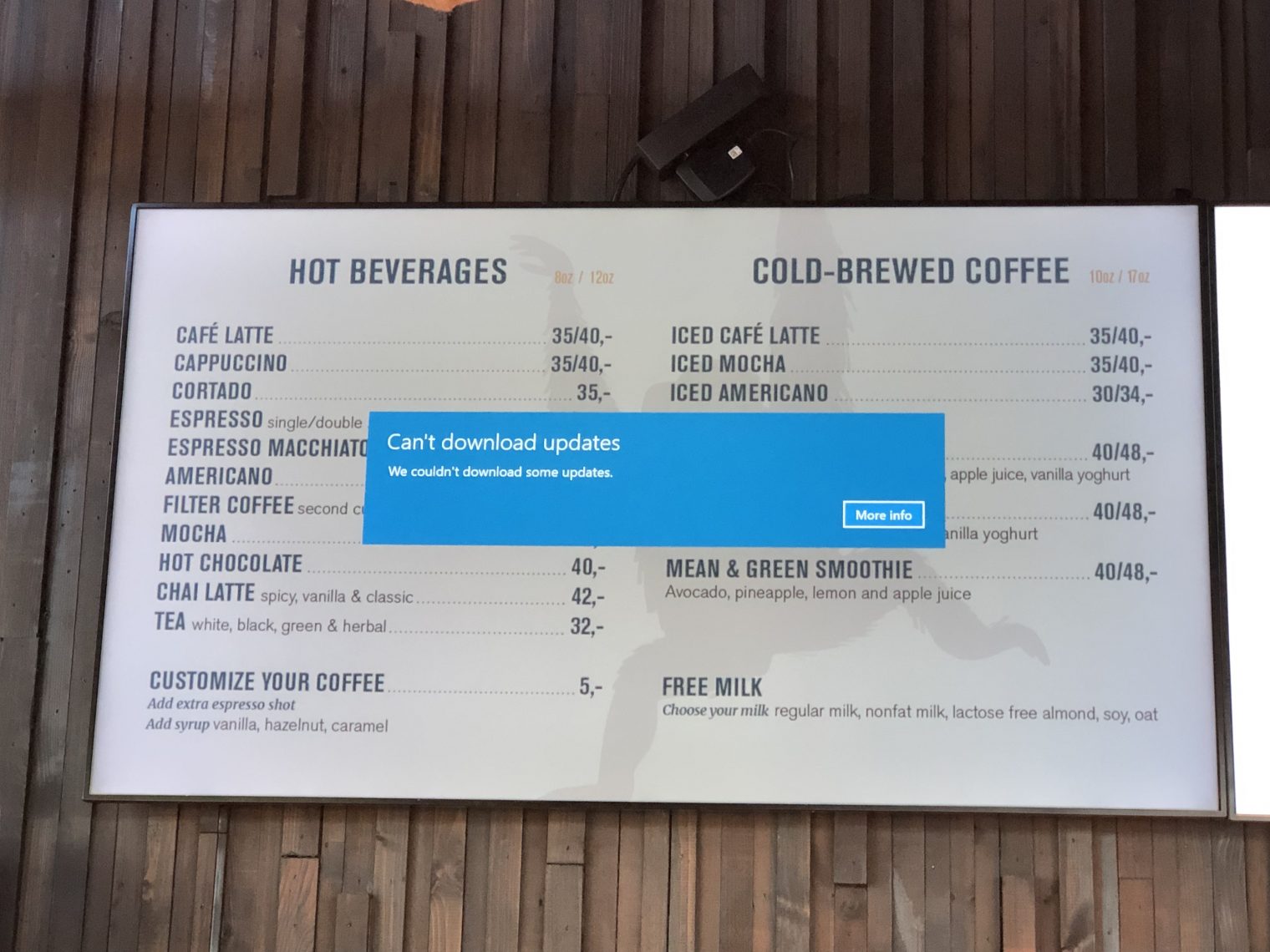Lightweight luggage review
We had a strict 8 kg. European carry-on and 23 kg. checked bag limit for our recent cruise. My roll-on bag was 10 lbs. (4.5 kg) empty and a touch oversized for Europe. My 26″ Delsey “super lightweight” checked suitcase was 10.8 lbs. empty.
After doing about two hours of research online (articles in Forbes, for example, and reviews at Amazon), I made the following decisions…
Soft-sided expandable bags rather than hard-shell. If limited to the rolling bag as the single carry-on, it would be awkward to have to crack open the entire hard-shell bag somewhere on the plane to get to a small needed-in-flight item. Also, an expandable soft-sided bag with international dimensions (55 x 40 x 23 cm; a couple of inches smaller than the typical American road warrior roll-on bag) could be expanded for use domestically.
Two wheels rather than the four-wheel “spinner” designs. The two-wheel designs seem to have 10-15 percent more space than a bag with the same exterior dimensions and four wheels. Two wheels will work better over imperfect surfaces, but they will likely be more tiring through the airport. On the other hand, the 23 kg. bag won’t be going far and the 8 kg. bag won’t be very heavy.
After reading everything that seemed relevant, what popped out were the latest Maxlite 5 suitcases from Travelpro, the company that invented the modern suitcase (Condé Nast Traveler). These aren’t the most stylish bags, but why would it be better to have a bag that screams “steal me”? Travelpro makes some bags with superior organizational capabilities, but all of them are heavier than the Maxlite series. Durability for bags that are so light? Travelpro says “We are proud to introduce our new Built For A Lifetime Limited Warranty starting with the Maxlite® 5 collection which covers defects on major components such as wheels, zippers, extension handles and carry handles.” Maybe a heavier bag would be more durable, but why wear out one’s body lugging around a heavier bag rather than buying a new one every 5-10 years?
Specific choices:
- Travelpro Maxlite 5 Rollaboard Expandable International Carry-on
- Travelpro Maxlite 5 Checked-medium (26″)
These weigh 5.4 and 7.1 lbs., thus leaving 8.3 lbs. of additional capacity compared to my previous bags. Travelpro says that these are lighter than the previous generation Maxlite 4, e.g., about 0.5 lbs. for the carry-on. The cost of both bags together was $237.
How did they work during five flights, two hotels, etc.? Fantastic! It would be nice if they were a bit more compartmentalized, but the high payload to vehicle weight was awesome. They seem to be at least reasonably durable.
[Of course, after all of this work, when we finally did show up for the charter flights there was no verification of the dimensions, weight, or even quantity of bags. Quite a few passengers completely ignored the directives and checked two large bags (for a three-week cruise).]
Full post, including comments